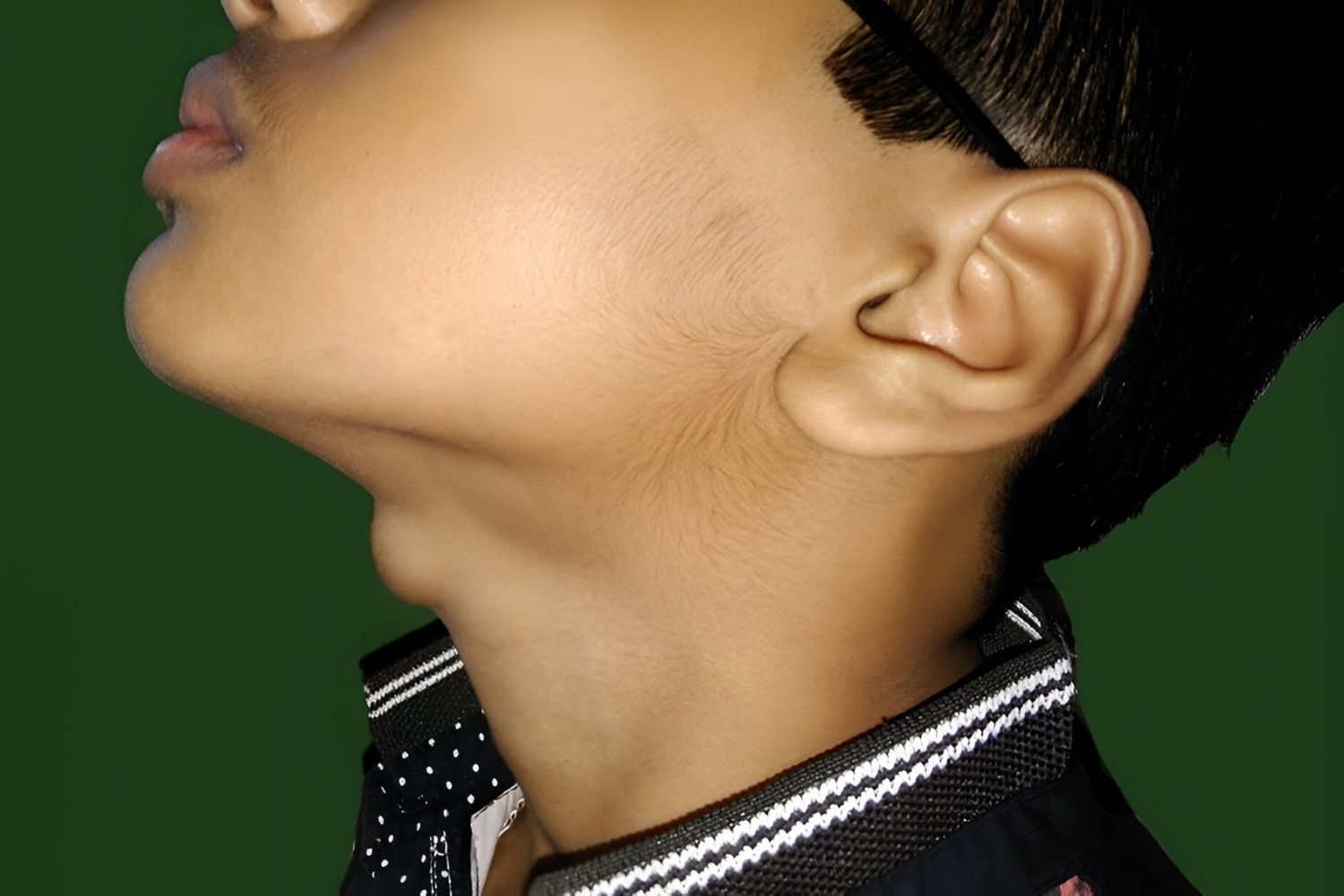
Ever heard of a thyroglossal tract cyst? It's a mouthful, but understanding it is simpler than you think. These cysts are small, fluid-filled sacs that can appear in the neck. They form from leftover tissue from the thyroid gland's development during early life. Most people don't even know they have one until it becomes noticeable or causes discomfort. Symptoms might include a small lump in the neck, difficulty swallowing, or even an infection. While they can occur at any age, they're often found in children. Treatment usually involves surgery to remove the cyst, ensuring it doesn't cause future problems. Curious about more details? Keep reading to uncover 30 intriguing facts about these mysterious neck lumps. Understanding them can help you recognize symptoms early and seek appropriate care.
Key Takeaways:
- Thyroglossal tract cysts are congenital neck masses that can cause painless lumps, difficulty swallowing, and infection. Early detection through regular check-ups and family awareness is crucial for effective treatment.
- Surgical removal is the most common treatment for thyroglossal tract cysts, with minimal recurrence and potential complications such as scarring and infection. Ongoing research aims to improve outcomes and support affected families.
What is a Thyroglossal Tract Cyst?
A thyroglossal tract cyst is a common congenital neck mass that forms from leftover tissue from the thyroid gland's development. These cysts can appear anywhere along the path the thyroid gland takes during its descent from the base of the tongue to its final position in the neck.
-
Congenital Origin: These cysts are present at birth, even if they don't become noticeable until later in life.
-
Location: Typically found in the midline of the neck, often near the hyoid bone.
-
Size Variation: They can range from a small, pea-sized lump to a larger mass.
-
Movement with Swallowing: A unique characteristic is that they move upward when swallowing or sticking out the tongue.
-
Common in Children: Most often diagnosed in children and young adults.
Symptoms and Diagnosis
Understanding the symptoms and how these cysts are diagnosed can help in early detection and treatment.
-
Painless Lump: Usually presents as a painless, smooth lump in the neck.
-
Infection Risk: Can become infected, leading to redness, tenderness, and swelling.
-
Difficulty Swallowing: In some cases, they may cause trouble swallowing or breathing.
-
Ultrasound Imaging: An ultrasound is often used to confirm the presence of a cyst.
-
Fine Needle Aspiration: Sometimes, a small needle is used to extract fluid for analysis.
Treatment Options
Treatment usually involves surgical removal, but understanding the options can help in decision-making.
-
Surgical Removal: The most common treatment is a procedure called the Sistrunk operation.
-
Antibiotics for Infection: If infected, antibiotics may be prescribed before surgery.
-
Minimal Recurrence: Proper surgical removal typically prevents recurrence.
-
Outpatient Procedure: Surgery is often done on an outpatient basis, allowing patients to go home the same day.
-
Post-Surgery Care: Involves keeping the incision clean and monitoring for signs of infection.
Potential Complications
While generally safe, there are potential complications associated with these cysts and their treatment.
-
Scar Formation: Surgery may leave a small scar on the neck.
-
Infection Post-Surgery: There's a risk of infection after surgery, though it's rare.
-
Bleeding: Some bleeding may occur during or after the procedure.
-
Anesthesia Risks: As with any surgery, there are risks associated with anesthesia.
-
Recurrence: Rarely, the cyst may return if not completely removed.
Interesting Facts
Here are some intriguing tidbits about thyroglossal tract cysts that might surprise you.
-
Historical Discovery: First described in medical literature in the 19th century.
-
Named After Thyroid: The name reflects its origin from thyroid tissue.
-
Common in Males: Slightly more common in males than females.
-
Genetic Factors: No known genetic link, but family history can play a role.
-
Not Cancerous: These cysts are benign and not cancerous.
Prevention and Awareness
While prevention isn't possible, awareness can lead to early detection and treatment.
-
Regular Check-Ups: Regular medical check-ups can help in early detection.
-
Family Awareness: Families with a history of these cysts should be vigilant.
-
Education: Educating parents about symptoms can lead to earlier diagnosis.
-
Community Support: Support groups and resources are available for affected families.
-
Medical Advances: Ongoing research continues to improve treatment and outcomes.
Final Thoughts on Thyroglossal Tract Cysts
Understanding thyroglossal tract cysts can make a big difference in managing this condition. These cysts, often found in children, are usually harmless but can cause discomfort or infection if not treated. Surgery is the most common solution, and it’s typically successful in preventing recurrence. Knowing the symptoms, like a noticeable neck lump or difficulty swallowing, helps in seeking timely medical advice. Regular check-ups and being aware of any changes in the neck area are crucial for early detection. Parents should keep an eye on their kids for any signs of these cysts. While they might sound a bit scary, with proper care and attention, they’re manageable. Always consult healthcare professionals for accurate diagnosis and treatment options. Stay informed and proactive about health matters, and you’ll be better prepared to handle any issues that arise.
Frequently Asked Questions
Was this page helpful?
Our commitment to delivering trustworthy and engaging content is at the heart of what we do. Each fact on our site is contributed by real users like you, bringing a wealth of diverse insights and information. To ensure the highest standards of accuracy and reliability, our dedicated editors meticulously review each submission. This process guarantees that the facts we share are not only fascinating but also credible. Trust in our commitment to quality and authenticity as you explore and learn with us.
